Code
HCS29046
Weight
1.742 Kg / 3.84 lbs
Size
Height
12cm (5") Width
17cm (7") Depth
12cm (5") Material
Copper
Availability
Available

Safe Payment
We accept Paypal, Money Transfer, Bank Transfer
Confidence
Protection covers your purchase and personal data.
Worldwide Delivery
We ship Worldwide, except Russia.Shipping cost US$25.2 for upto 0.5 kgs

Hotline
Talk to help line for your question on 9841267335Antique Finishing
This is an antique patina-finished Buddhist Handmade Statue Of [temple Lion And Lioness Pair], Antique Finishing. This is not an antique statue. It is just an antique patina finish. This Buddhist Handmade Statue Of [temple Lion And Lioness Pair], Antique Finishing is a testament to the artisan's mastery of the art of aging. Its antique patina has been meticulously crafted to give the appearance of an aged statue, showcasing the artist's unique techniques and skills. Through undisclosed processes and careful aging treatments, the Buddhist Handmade Statue Of [temple Lion And Lioness Pair], Antique Finishing undergoes a transformation that captures the essence of time and history. Read More . . .
This is an antique patina-finished Buddhist Handmade Statue Of [temple Lion And Lioness Pair], Antique Finishing. This is not an antique statue. It is just an antique patina finish. This Buddhist Handmade Statue Of [temple Lion And Lioness Pair], Antique Finishing is a testament to the artisan's mastery of the art of aging. Its antique patina has been meticulously crafted to give the appearance of an aged statue, showcasing the artist's unique techniques and skills. Through undisclosed processes and careful aging treatments, the Buddhist Handmade Statue Of [temple Lion And Lioness Pair], Antique Finishing undergoes a transformation that captures the essence of time and history. Read More . . .
Lost-Wax System
This Temple Lions of Buddhist Handmade Statue Of [temple Lion And Lioness Pair], Antique Finishing is made by the process of the Lost Wax system. This is a very complicated, time consuming and historic process of making metal sculptures.Which is why it is sometimes called Precision Casting as well. Hence the sculptures made by this process are comparatively expensive. There are many new, advanced and less time consuming methods of casting metal sculptures available as well. But due to the benefits provided by the traditional lost wax system in quality control and customization, we prefer the Loss wax system over Ceramic molding, or sand casting to make our Temple Lions.
Below we have tried to illustrate the process of making a loss wax system statue: Read More . . .
This Temple Lions of Buddhist Handmade Statue Of [temple Lion And Lioness Pair], Antique Finishing is made by the process of the Lost Wax system. This is a very complicated, time consuming and historic process of making metal sculptures.Which is why it is sometimes called Precision Casting as well. Hence the sculptures made by this process are comparatively expensive. There are many new, advanced and less time consuming methods of casting metal sculptures available as well. But due to the benefits provided by the traditional lost wax system in quality control and customization, we prefer the Loss wax system over Ceramic molding, or sand casting to make our Temple Lions.
Below we have tried to illustrate the process of making a loss wax system statue: Read More . . .
The Lion is one of Buddhism's most potent symbols. Traditionally, the lion is associated with regality, strength, and power. It is therefore an appropriate symbol for the Buddha who tradition has it was a royal prince. The Buddha's teachings are sometimes referred to as the 'Lion's Roar', again indicative of their strength and power.
The image on the left shows a capital from a pillar of Asoka: the Lions of Sarnath. Sarnath is where the Buddha first preached, and these lions echo his teachings to the four quarters of the world, sometimes called 'the Lion's Roar'. The wheel symbolizes Buddhist law and also Asoka's legitimacy as an enlightened ruler.
Especially in Tibetan Buddhist art, lions are often depicted on the throne the Buddha sits on, but these are Snowlions (mythical creatures), and they actually represent the eight main Bodhisattvas (students of the Buddha).
What seems a much later development is the depiction of the Buddha's eyes (especially on stupas), as is frequently seen in Nepal. They look in all four directions, representing the omniscient mind of a Buddha.
Especially in Tibetan Buddhist art, lions are often depicted on the throne the Buddha sits on, but these are Snowlions (mythical creatures), and they actually represent the eight main Bodhisattvas (students of the Buddha).
What seems a much later development is the depiction of the Buddha's eyes (especially on stupas), as is frequently seen in Nepal. They look in all four directions, representing the omniscient mind of a Buddha.


![Buddhist Handmade Statue Of [temple Lion And Lioness Pair], Antique Finishing](https://handicraftseller.com/uploads/pics/product/thumb/2023/04/29046_0.jpg)
![Buddhist Handmade Statue Of [temple Lion And Lioness Pair], Antique Finishing](https://handicraftseller.com/uploads/pics/product/thumb/2023/04/29046_1.jpg)
![Buddhist Handmade Statue Of [temple Lion And Lioness Pair], Antique Finishing](https://handicraftseller.com/uploads/pics/product/thumb/2023/04/29046_2.jpg)
![Buddhist Handmade Statue Of [temple Lion And Lioness Pair], Antique Finishing](https://handicraftseller.com/uploads/pics/product/thumb/2023/04/29046_3.jpg)
![Buddhist Handmade Statue Of [temple Lion And Lioness Pair], Antique Finishing](https://handicraftseller.com/uploads/pics/product/thumb/2023/04/29046_4.jpg)
![Buddhist Handmade Statue Of [temple Lion And Lioness Pair], Antique Finishing](https://handicraftseller.com/uploads/pics/product/thumb/2023/04/29046.jpg)
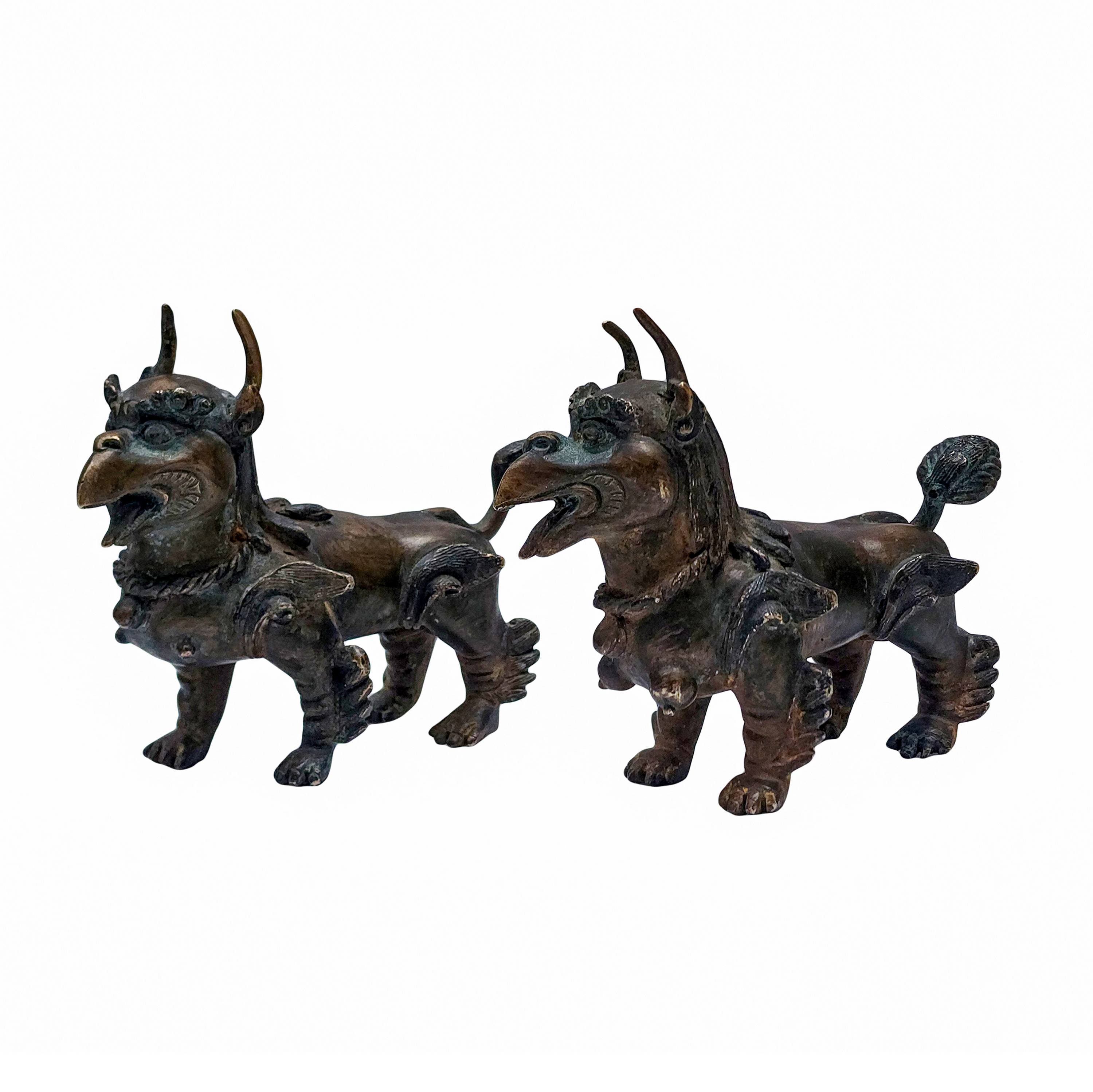



































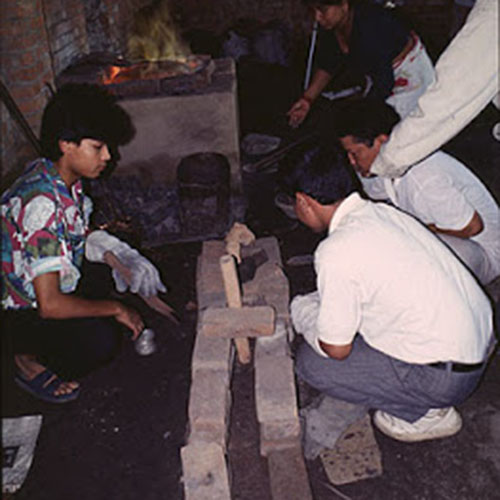
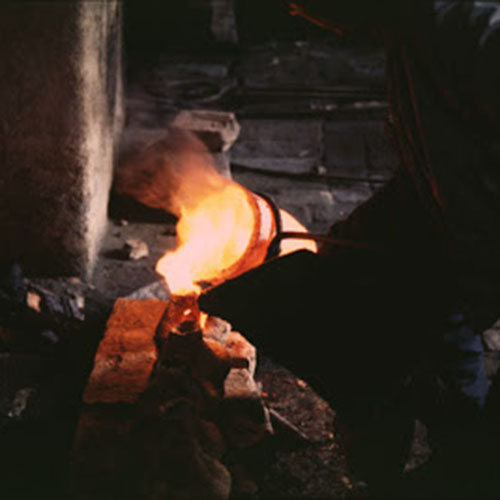

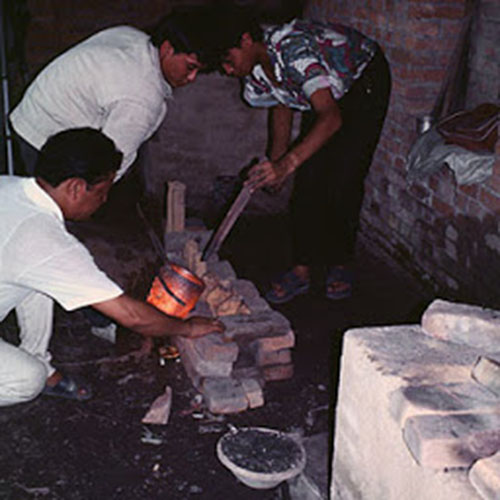
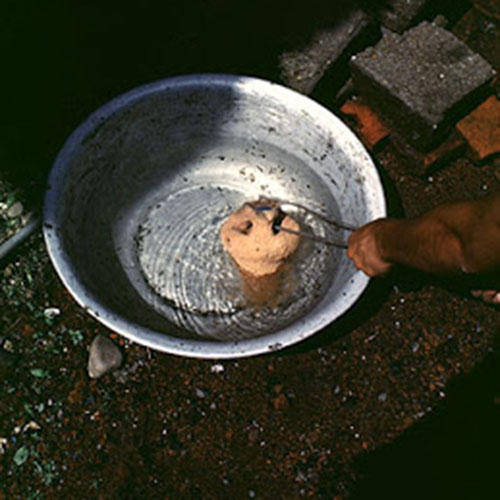
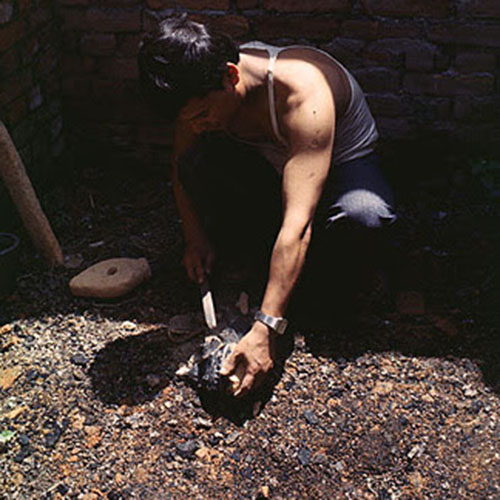





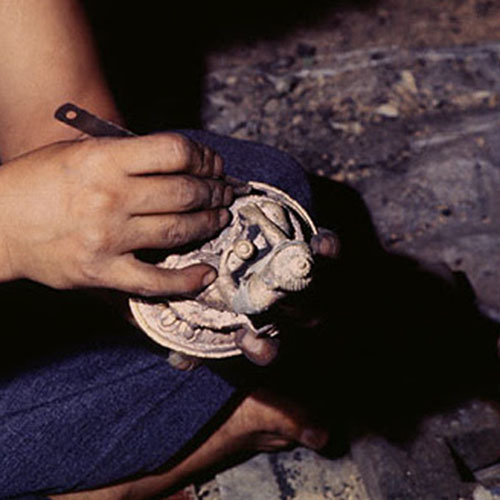
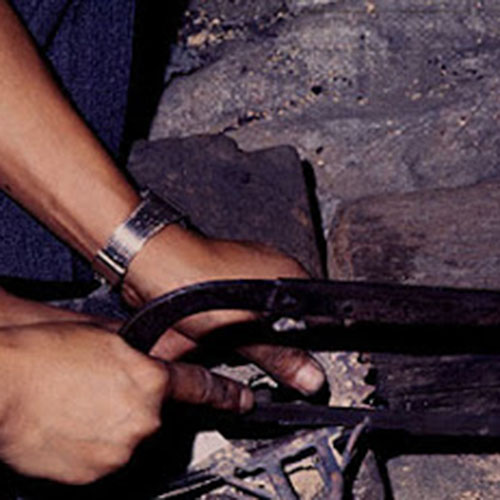
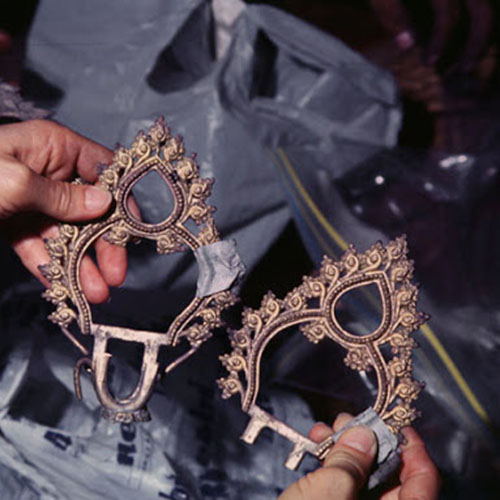



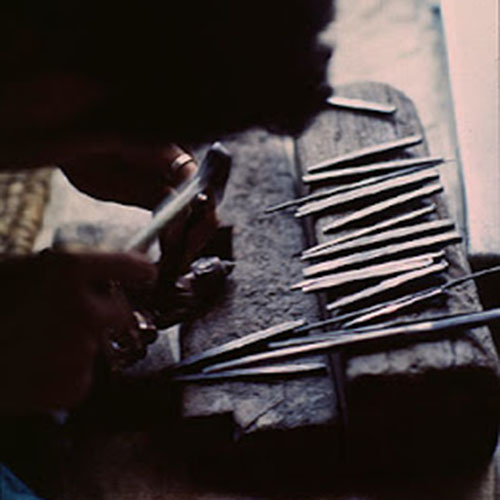
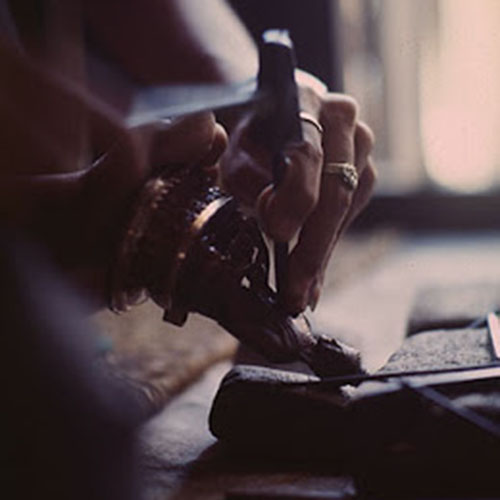
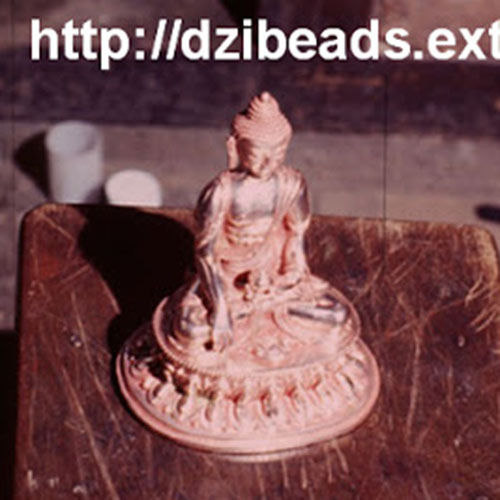
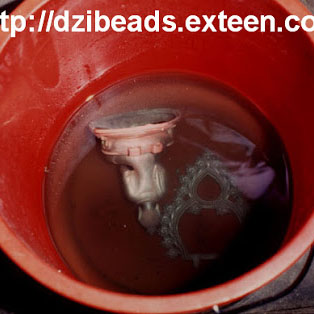
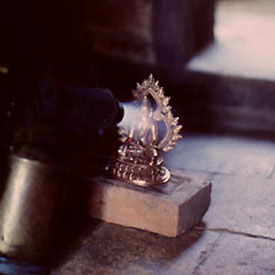
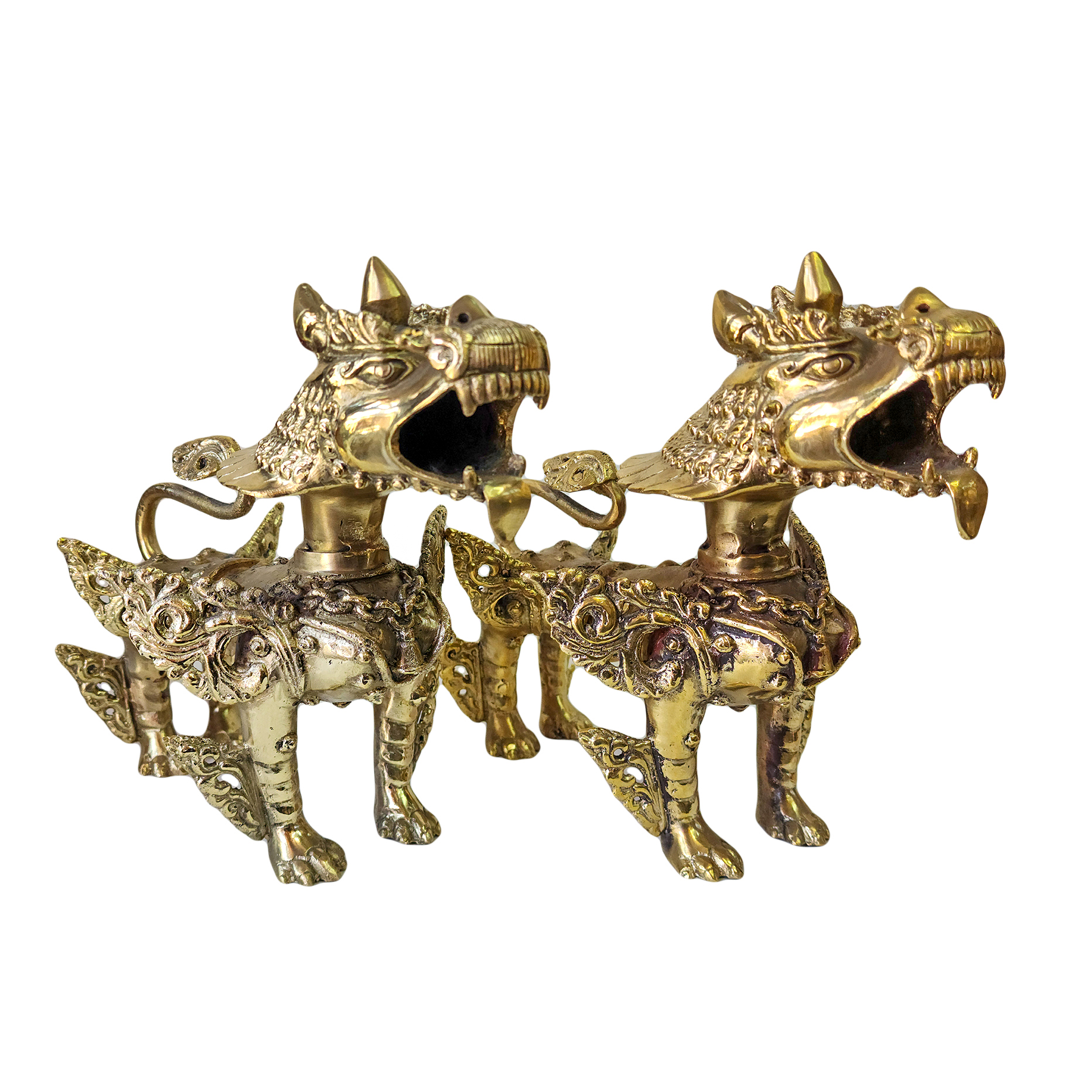 of
of 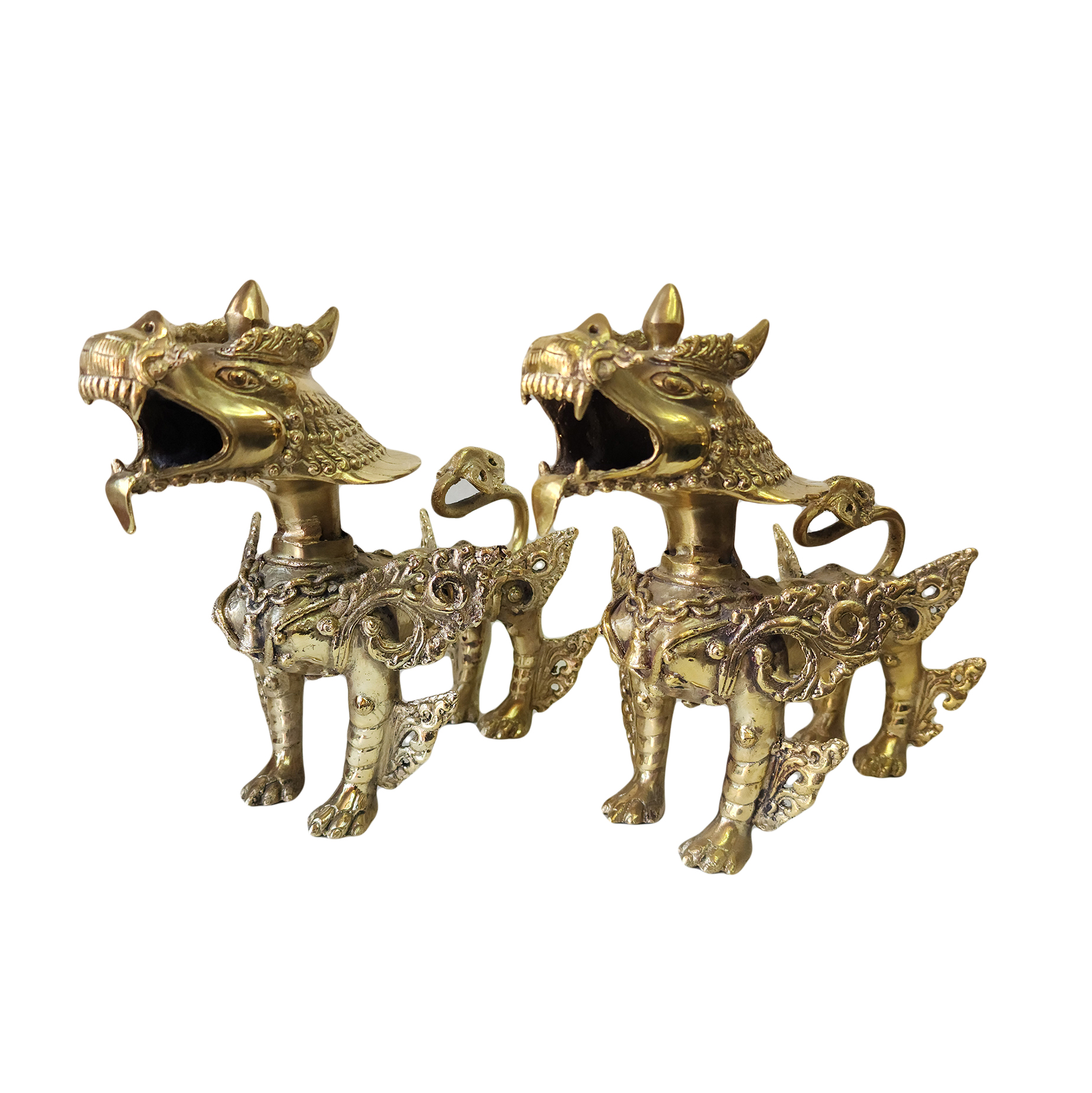 of
of 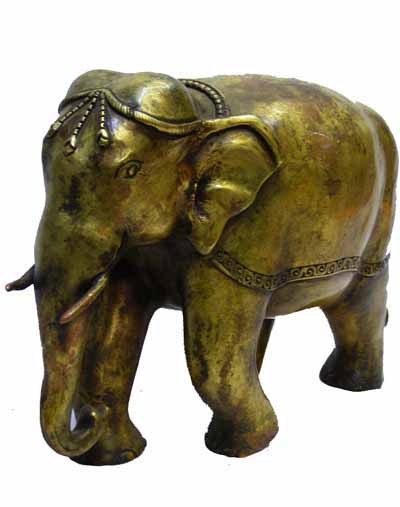
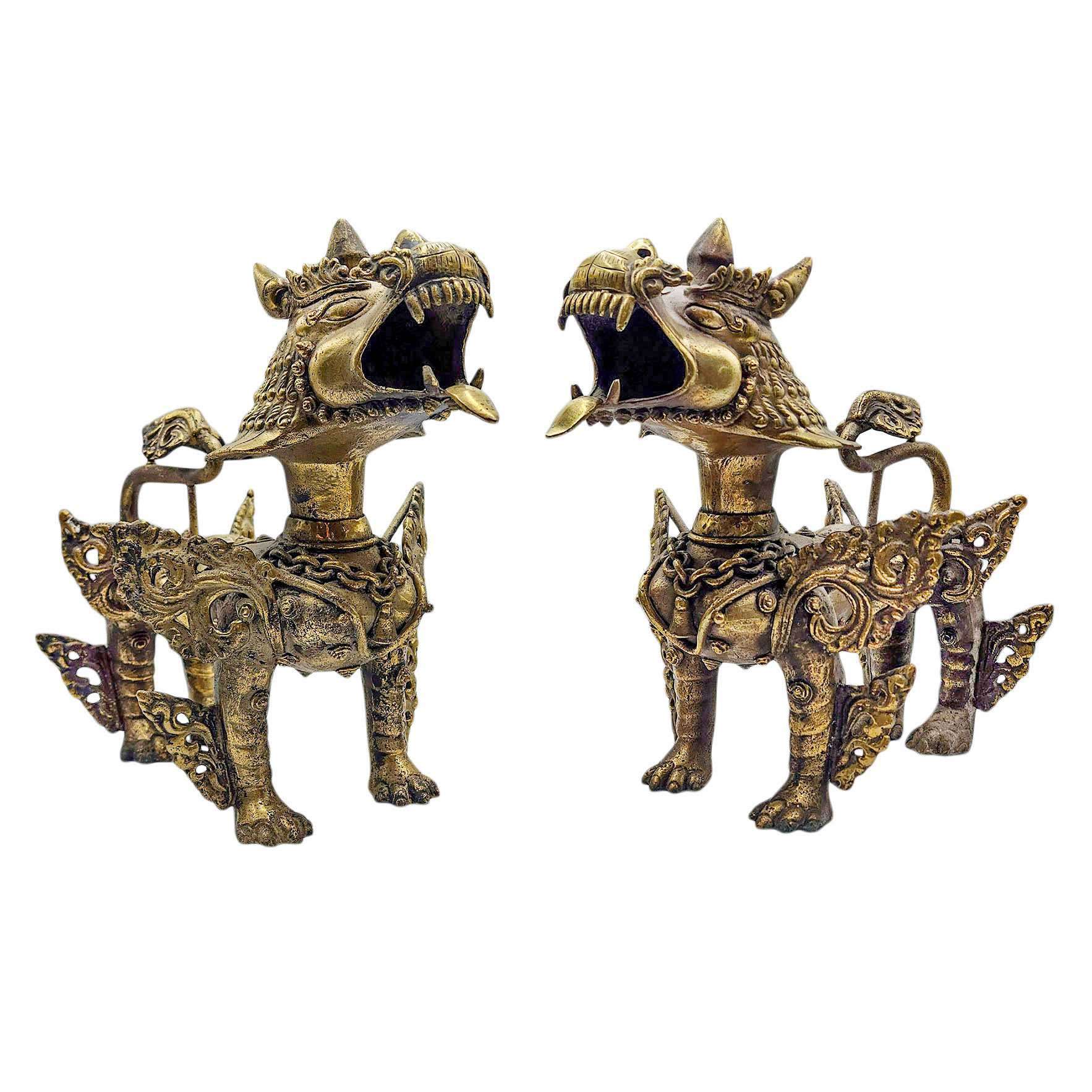 Temple Lion Pair, Buddhist Statue,
Temple Lion Pair, Buddhist Statue, 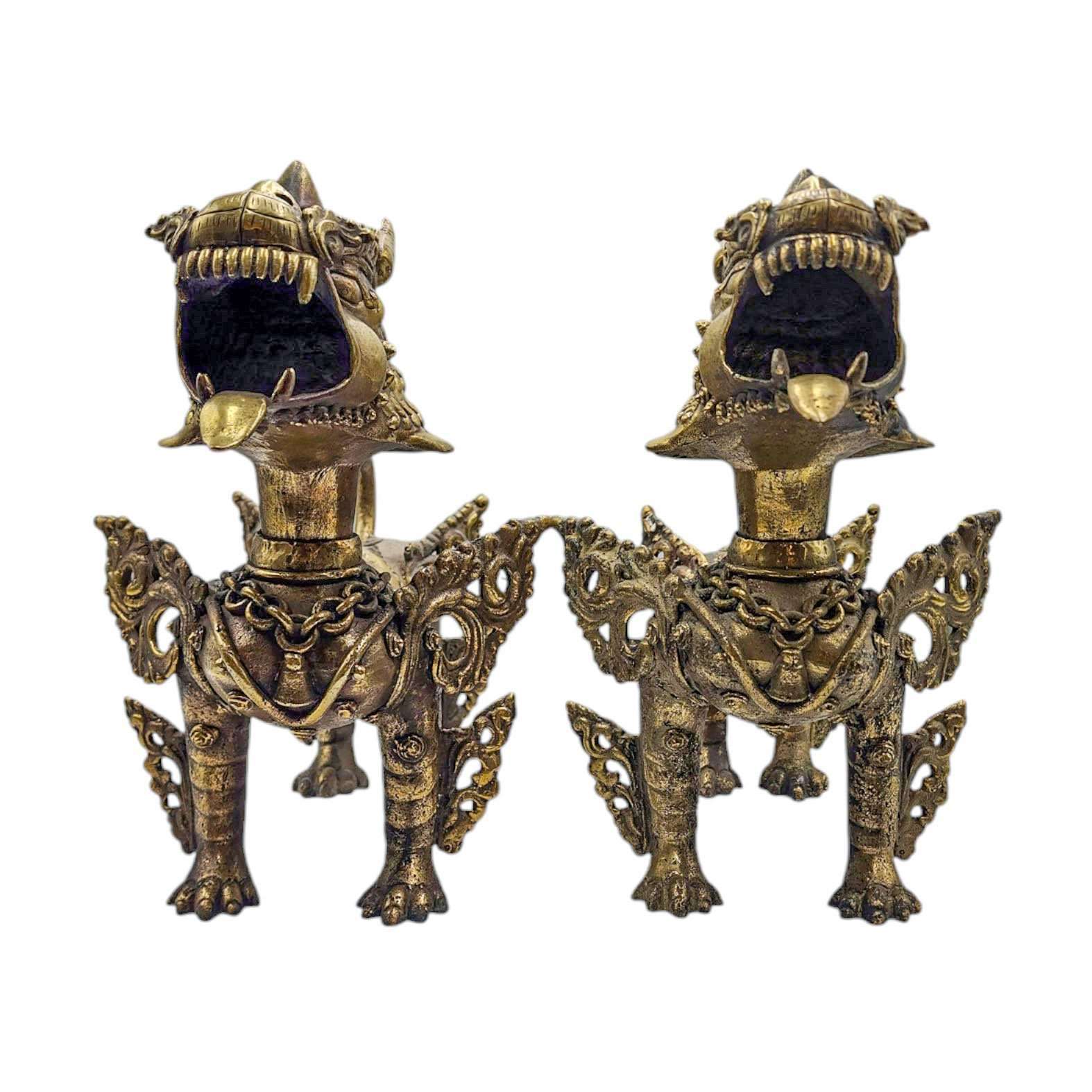 Temple Lion Pair, Buddhist Statue,
Temple Lion Pair, Buddhist Statue, 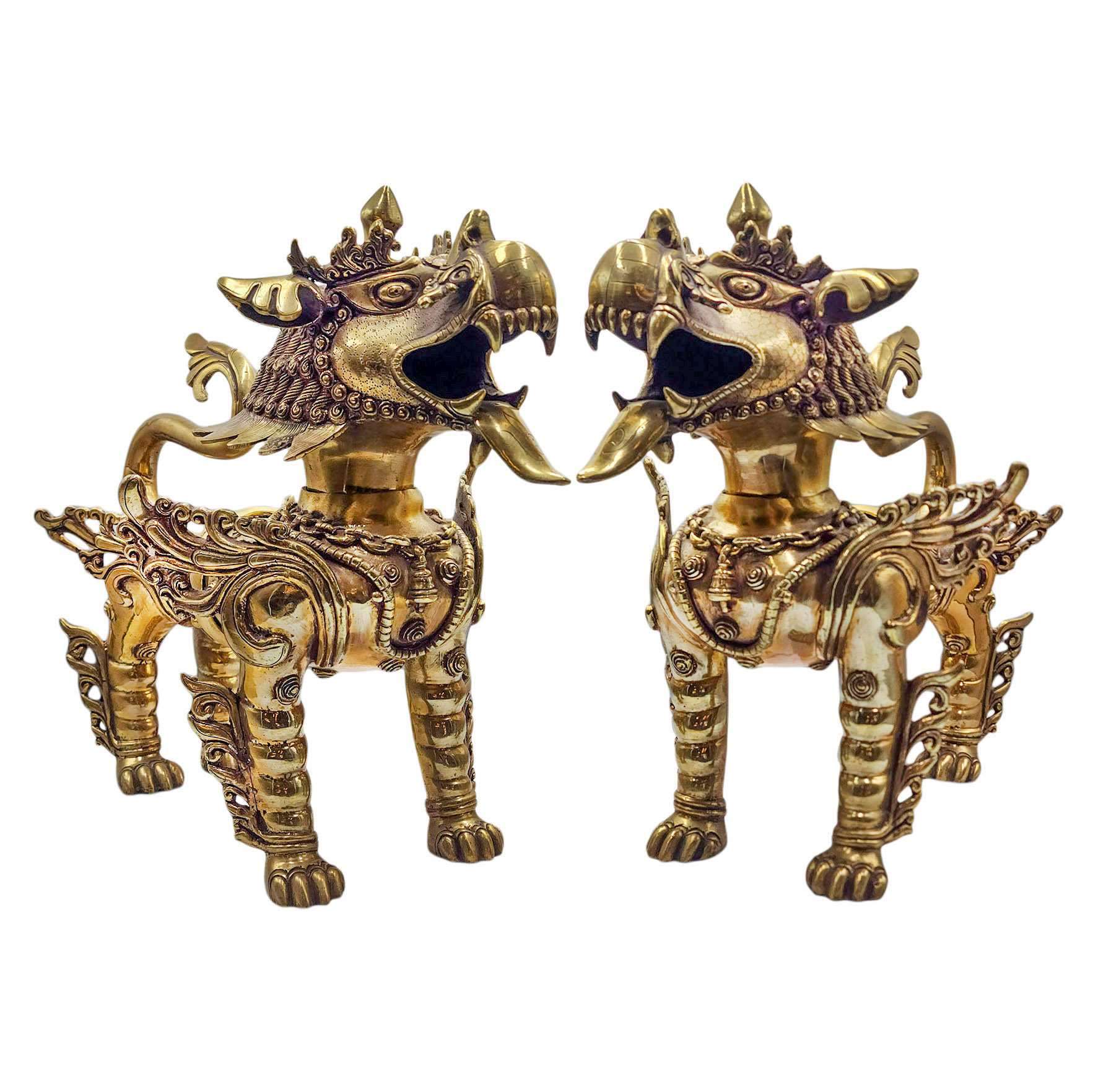 Temple Lion Pair, Buddhist Statue,
Temple Lion Pair, Buddhist Statue, 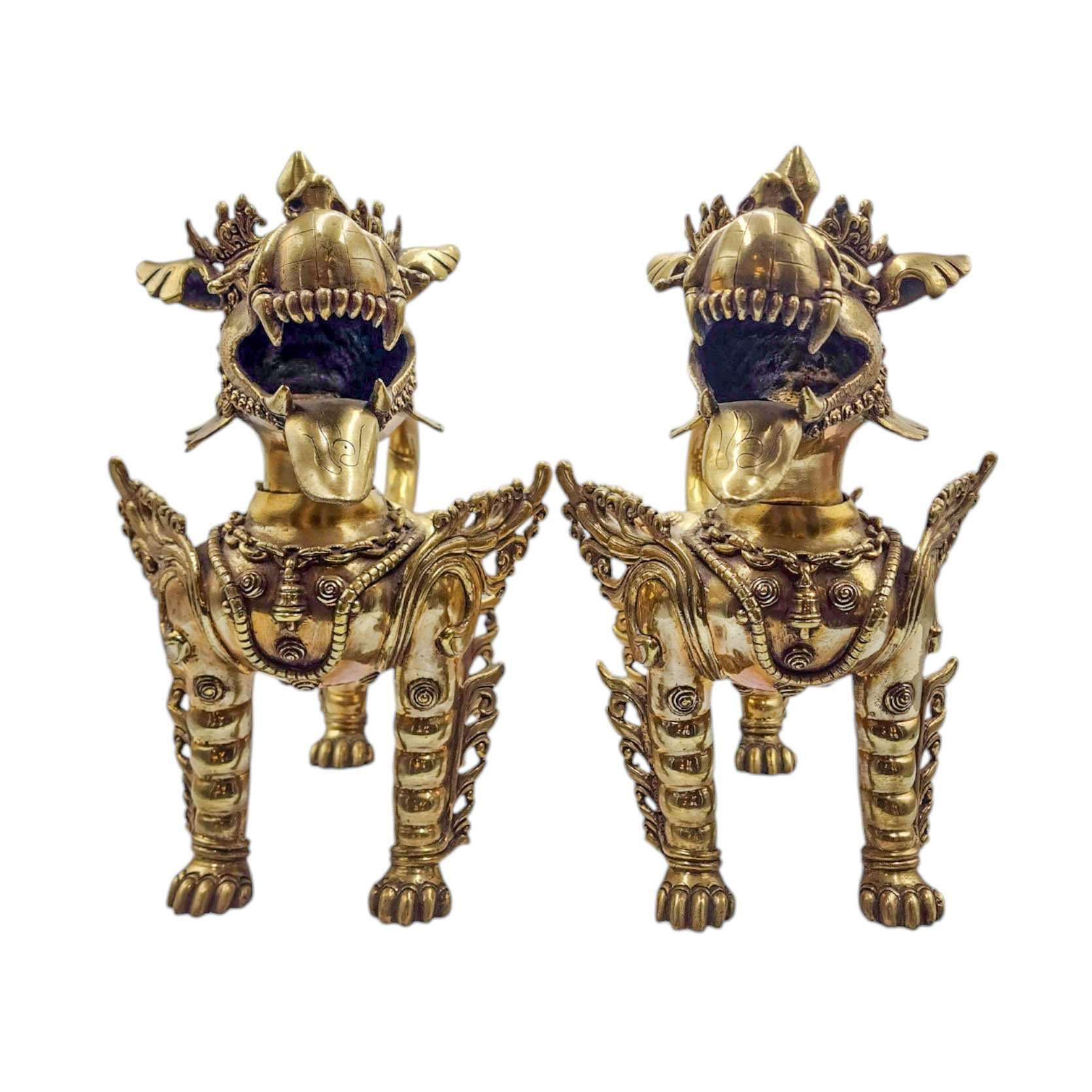 Temple Lion Pair, Buddhist Statue,
Temple Lion Pair, Buddhist Statue, 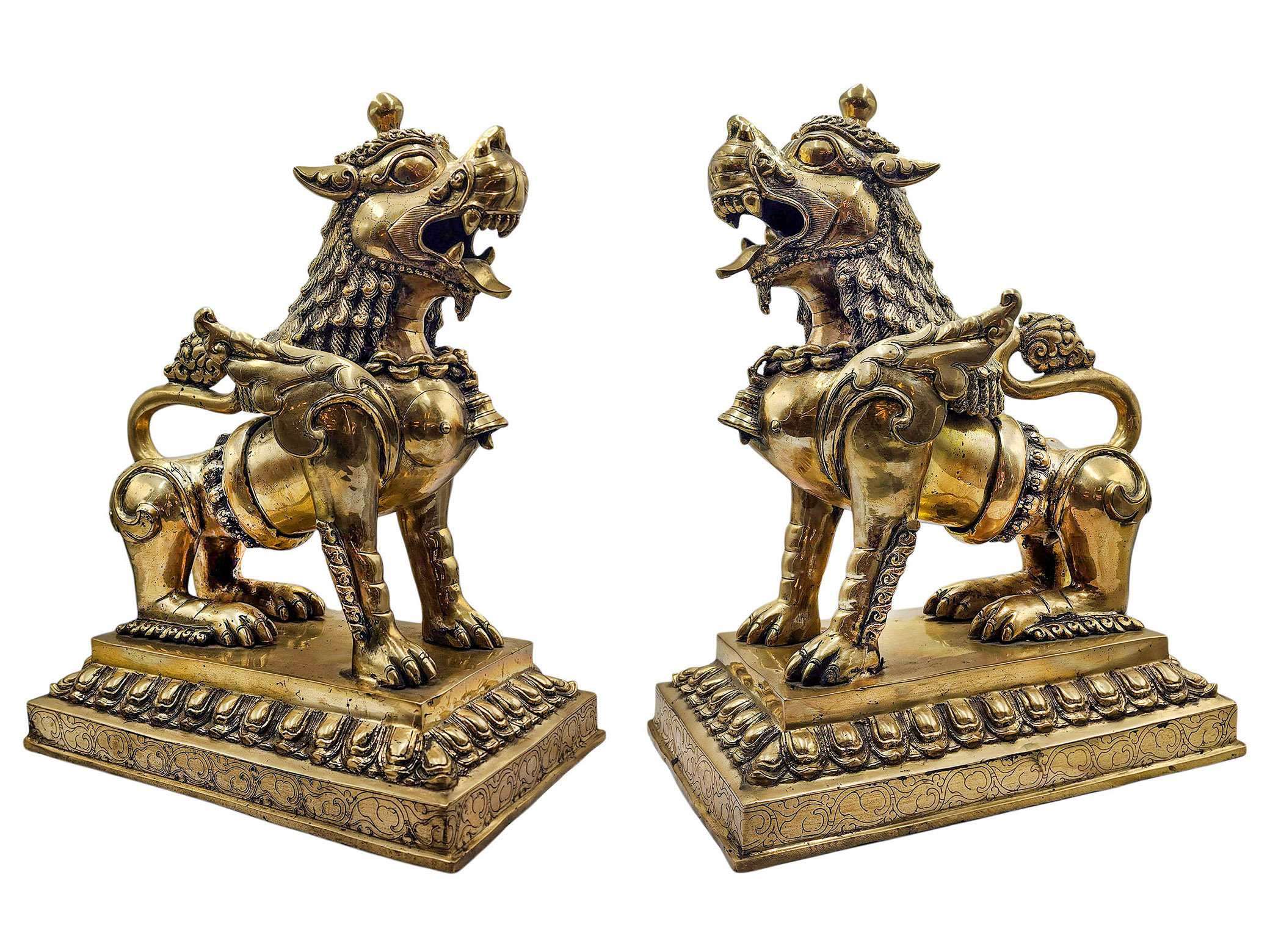 Temple Lion Pair, Buddhist Statue,
Temple Lion Pair, Buddhist Statue, 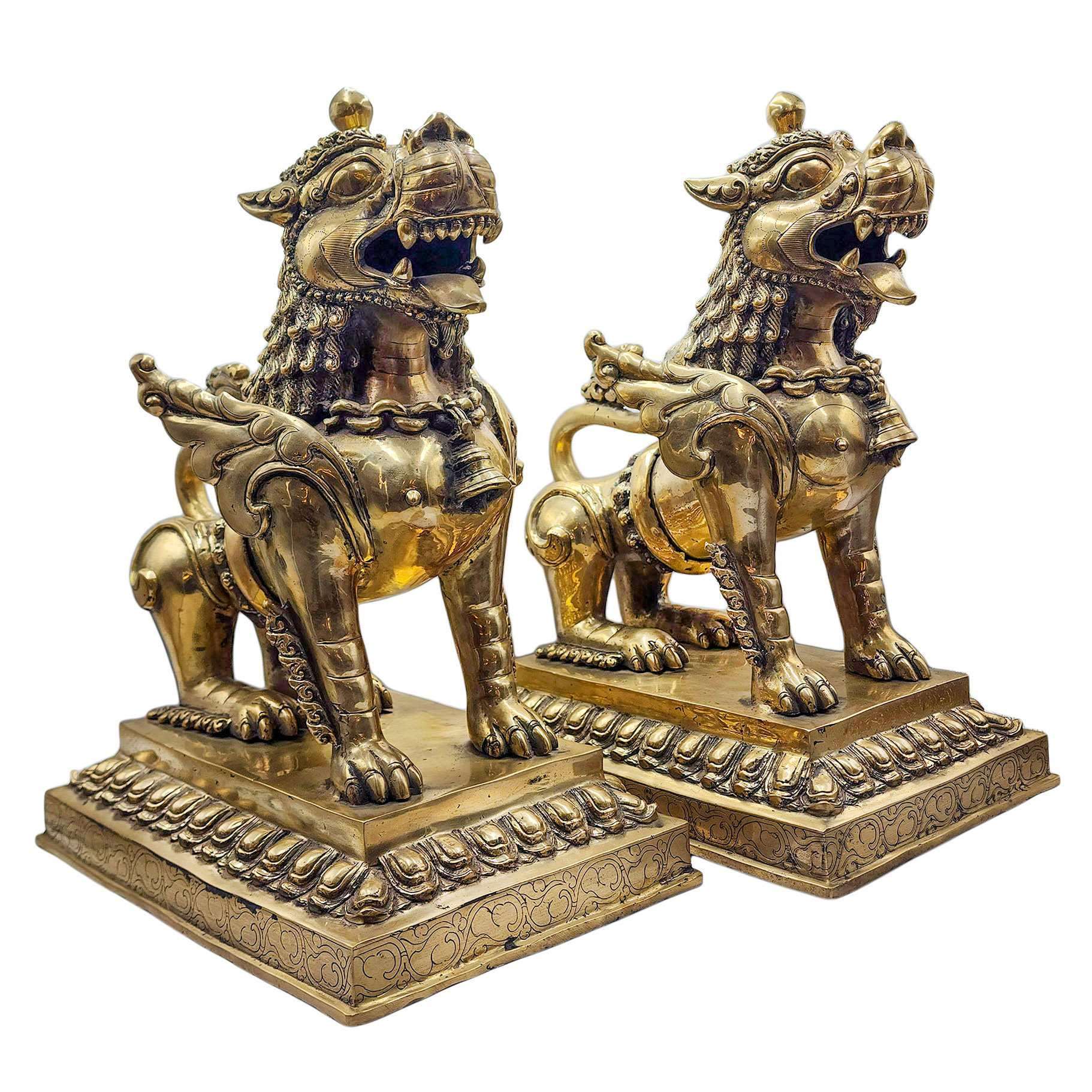 Temple Lion Pair, Buddhist Statue,
Temple Lion Pair, Buddhist Statue, 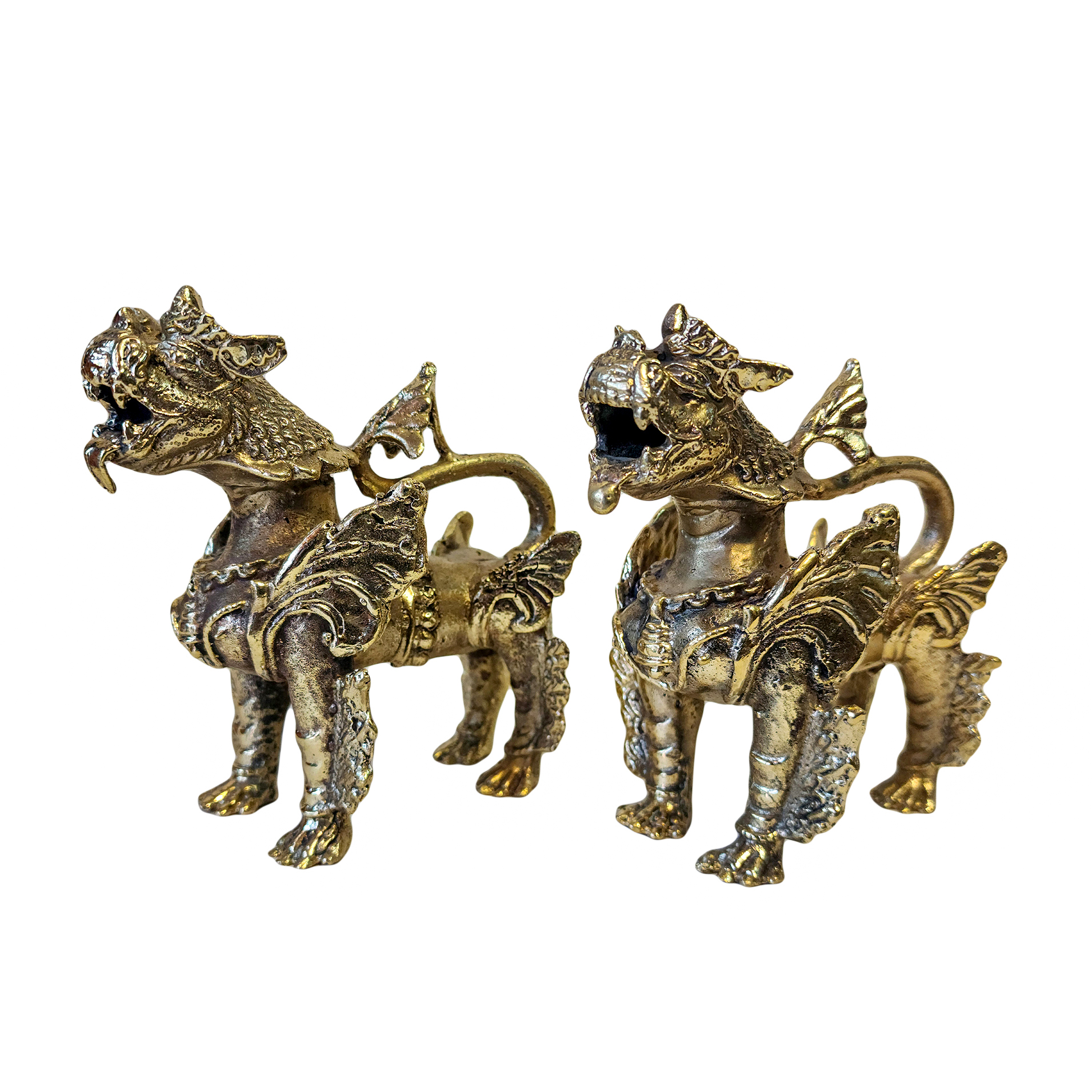 of
of 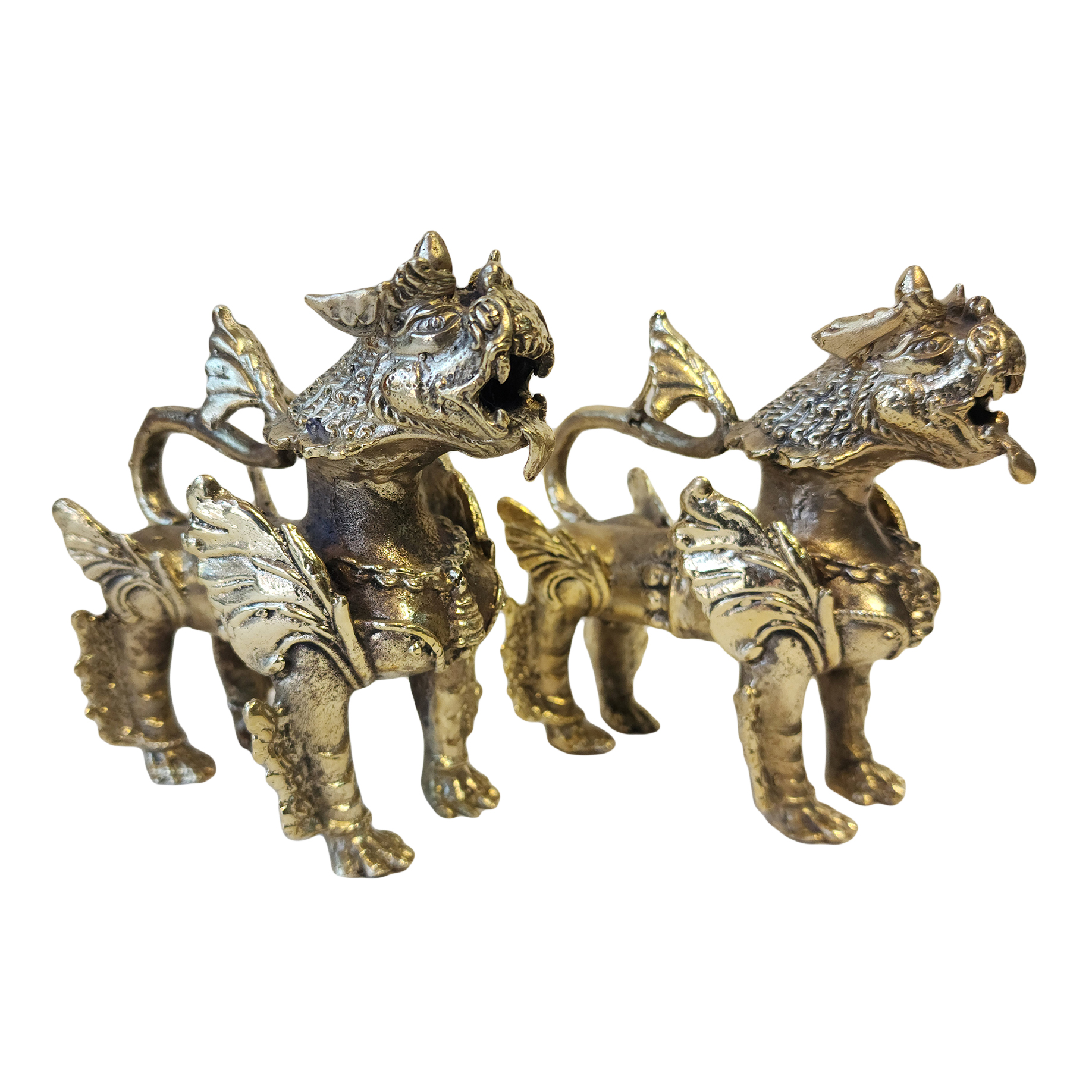 of
of 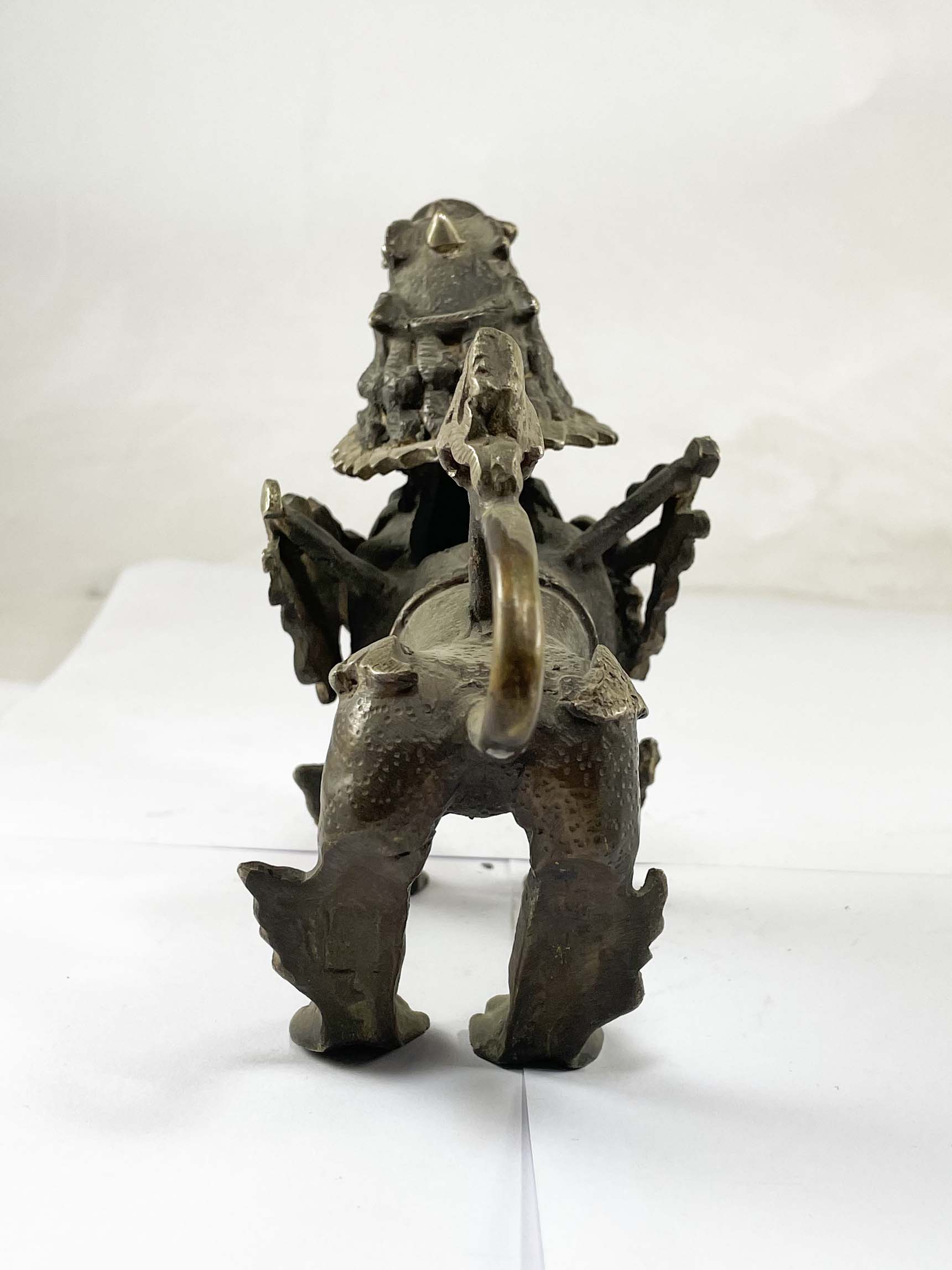 and Lioness Pair" title="Temple Lion
and Lioness Pair" title="Temple Lion 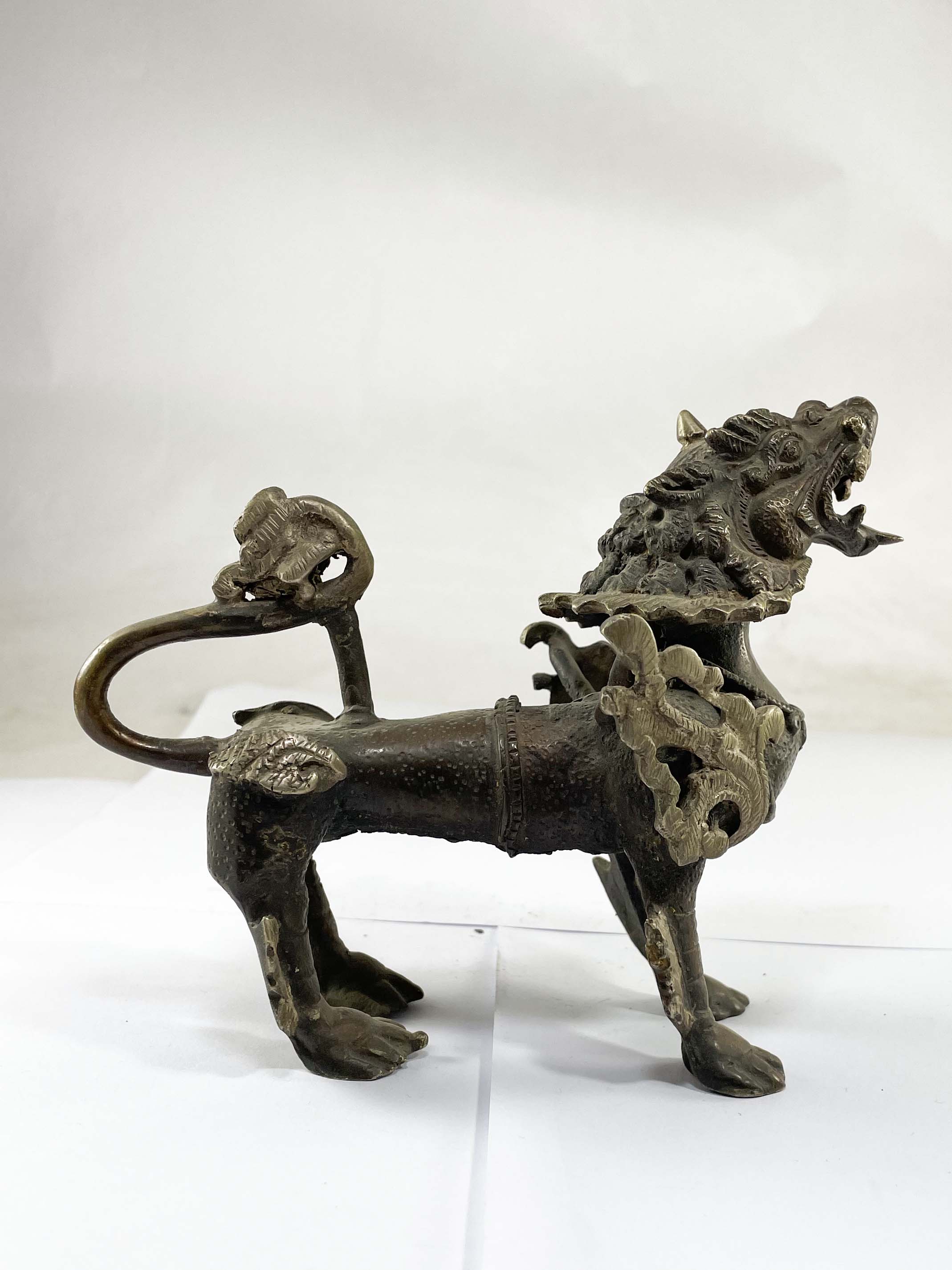 and Lioness Pair" title="Temple Lion
and Lioness Pair" title="Temple Lion 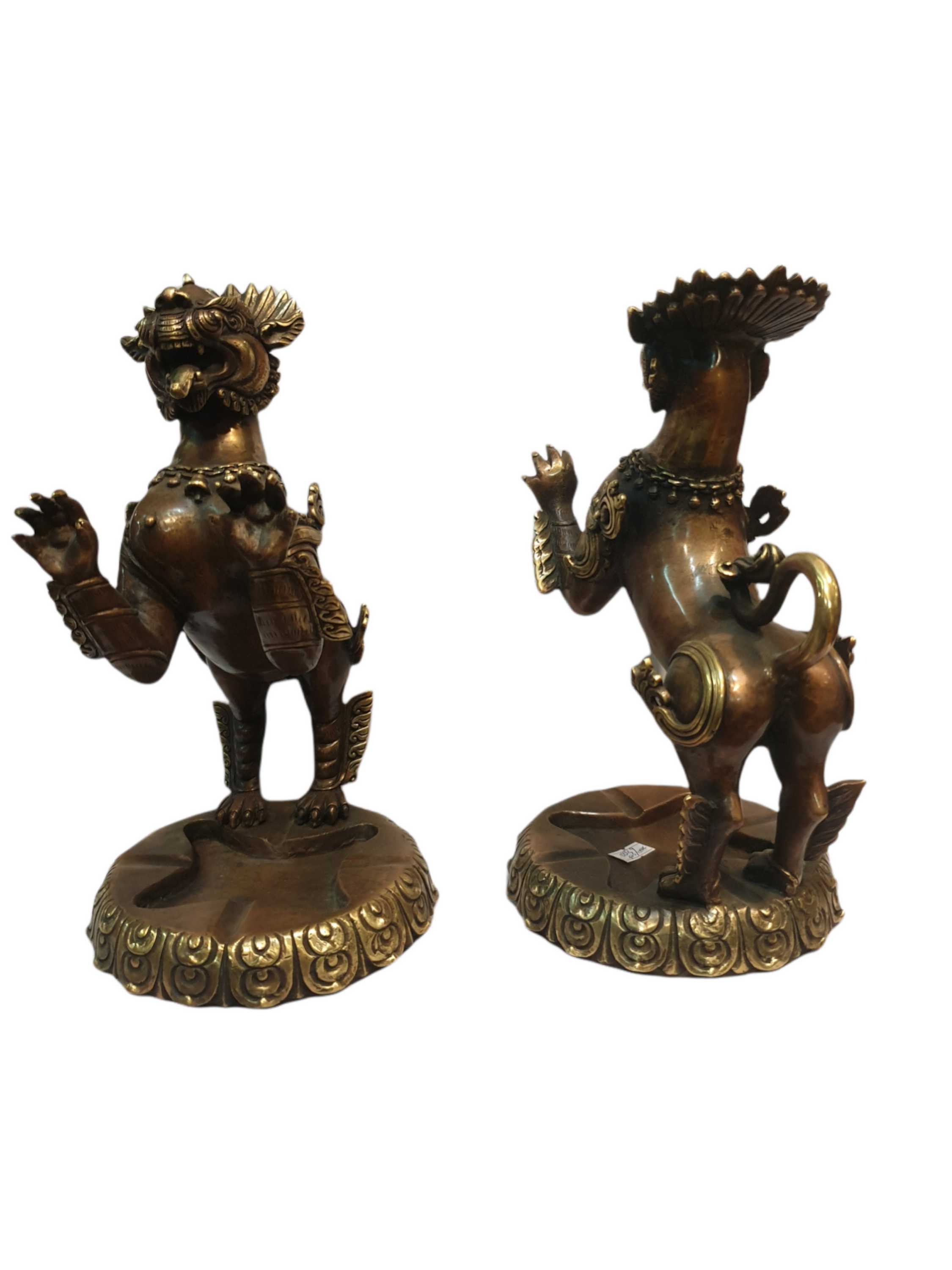 of Temple Lion,
of Temple Lion, 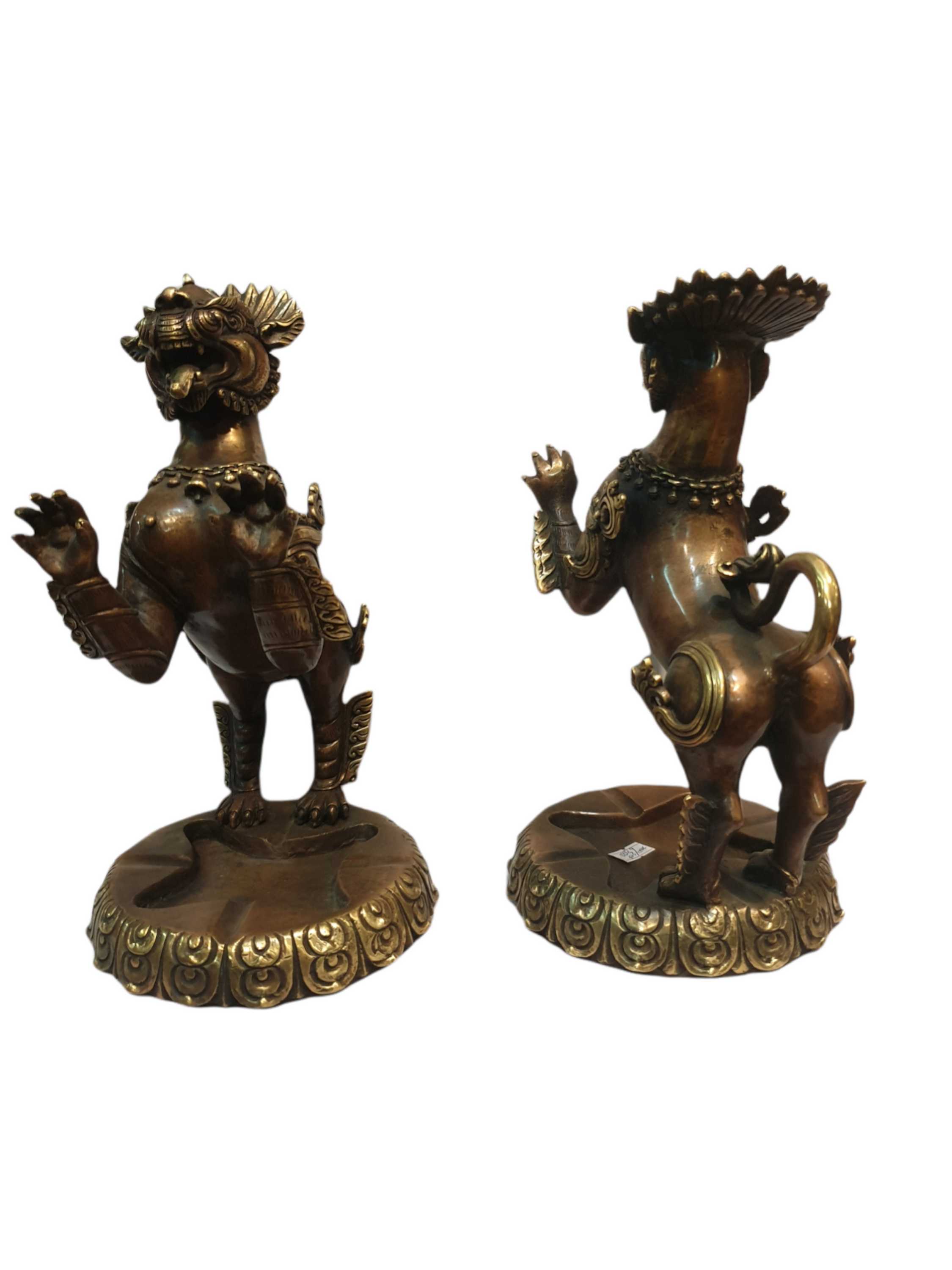 of Temple Lion,
of Temple Lion, 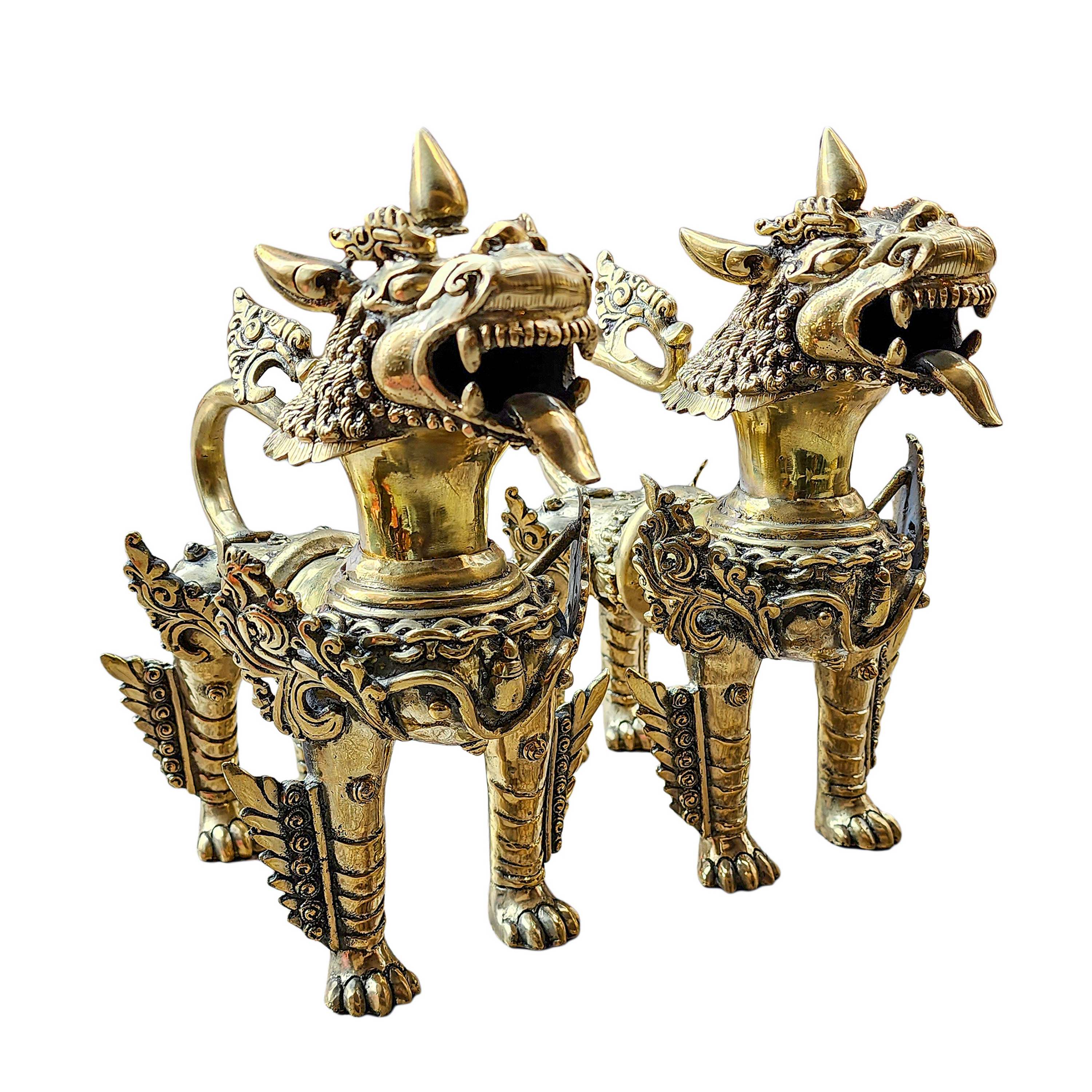 Temple Lion Pair, Buddhist Statue,
Temple Lion Pair, Buddhist Statue, 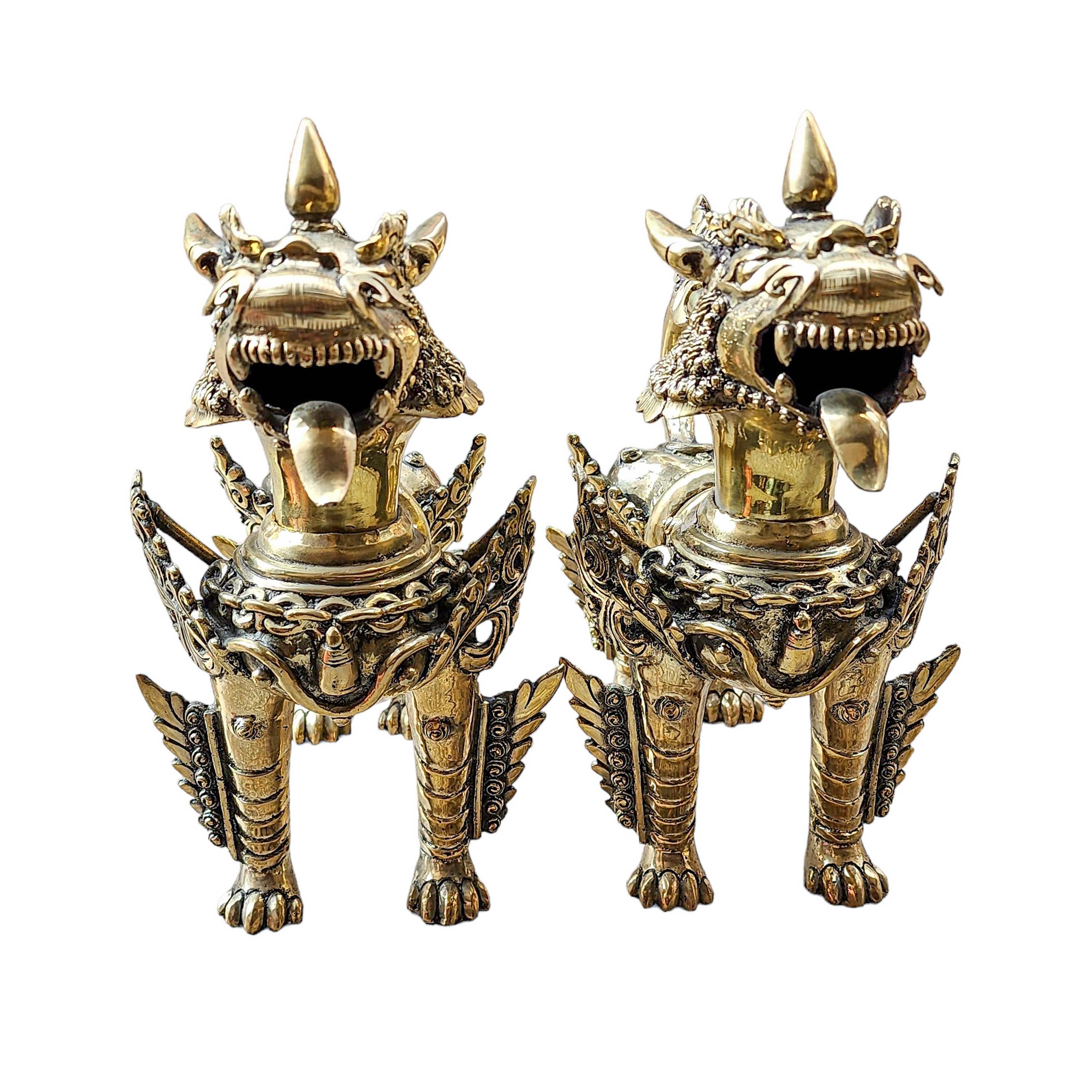 Temple Lion Pair, Buddhist Statue,
Temple Lion Pair, Buddhist Statue, 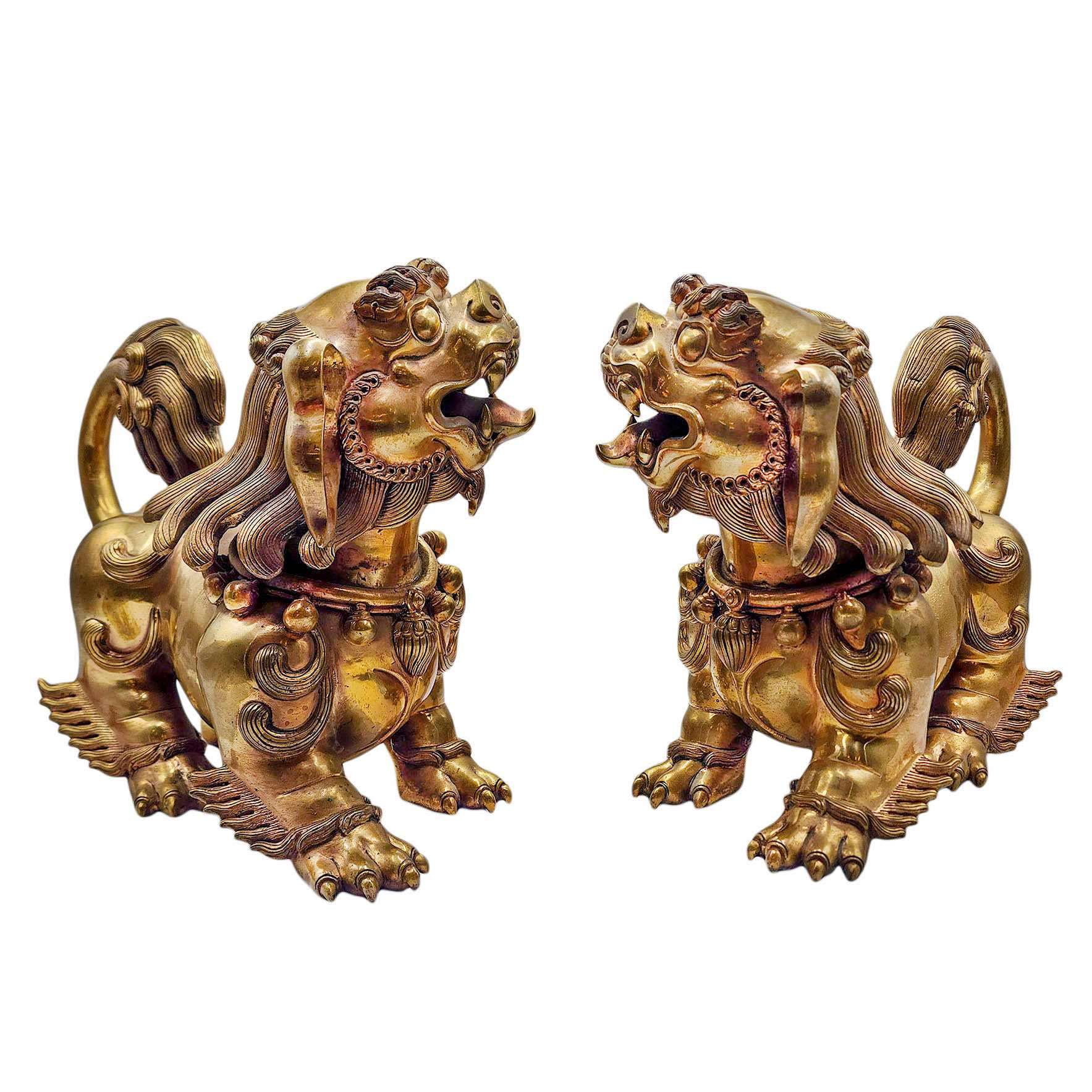 Temple Snow Lion Pair, Buddhist Statue,
Temple Snow Lion Pair, Buddhist Statue, 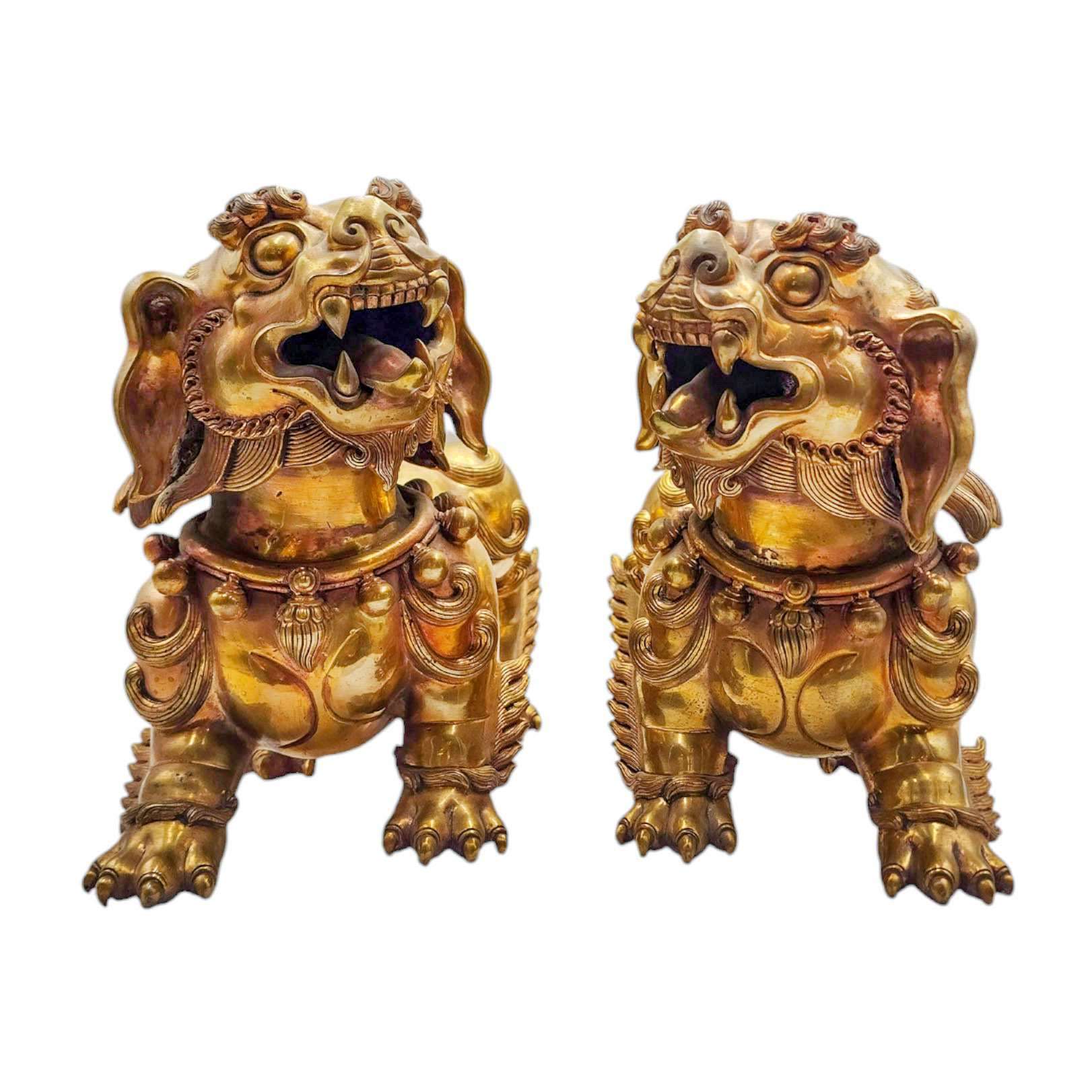 Temple Snow Lion Pair, Buddhist Statue,
Temple Snow Lion Pair, Buddhist Statue,